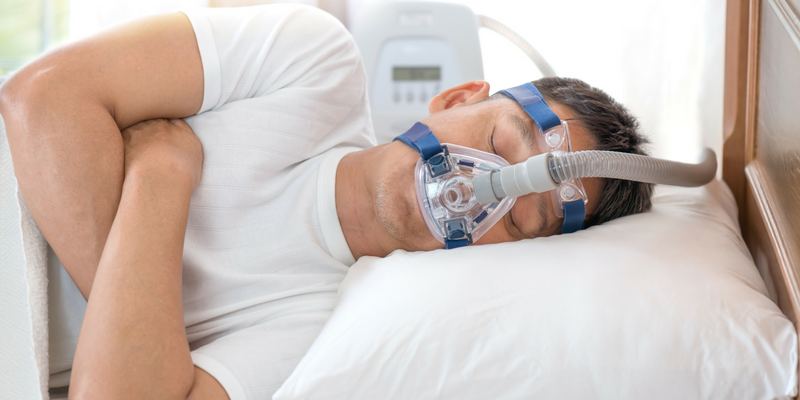3 Tips to Continuing CPAP Compliance in the Winter
Posted On: February 8, 2018 by CarePro Health Services in: CarePro CPAP Sleep Therapy
Stay CPAP Compliant Through Winter
These colder months represent one of the toughest times of the year for CPAP users. The lack of moisture in the air, combined with sleep apnea therapy, can lead to more severe seasonal nasal congestion. Factor in cold and flu season on top of that, and you’re looking at a recipe for non-compliance.
Luckily, there are a few things you can do to remedy this:
Warm up the air.
Most sleep experts recommend sleeping in a room that’s slightly colder than what’s comfortable when you’re awake, as this can induce sleepiness. However, this can have an unintended side effect. When the air coming in from your CPAP is cold, your nose attempts to warm it up by dilating your blood vessels. The additional blood flow can narrow your airways, in turn causing additional mucus production. The end result is waking up with clogged nasal passages and a potentially runny nose.
One way around this temperature dilemma is to make sure that the air coming into your CPAP is warm. You can create heat by running the tube under your blankets and next to your body. As your body warms beneath the covers, you can consequently increase the temperature of the air within the tubing.
Another option is to use a CPAP tube cover. Visit your nearest CarePro Home Medical location to pick up a tube cover!
Use heated accessories.
A heated humidifier is a sure solution to controlling the temperature of the air going through your CPAP machine. Most new machines come with them, so if it’s been a while since you updated your CPAP machine, now might be the time!
During the winter months, you may experience a side effect called rainout, which is when condensation builds up on the inside walls of your tube. You can combat this by placing the CPAP machine and the humidifier below the bed. Alternatively, you can use heated tubing, which incubates the air warmed by the humidifier as it travels up the tube, preventing rainout altogether.
Continued use when sick.
When you’re fighting an infection, the best thing you can give your body is ample rest. If your sleep is interrupted by OSA, then it may take longer to become well. Stopping your CPAP use can also make some symptoms, such as a sore throat, much worse. Decongestants and saline nasal spray can help mitigate many common issues while still allowing you to use your CPAP machine. Only discontinue your CPAP treatment if it’s making it too uncomfortable to get any sleep at all.
Continually using a CPAP machine can be easier said than done. However, by staying compliant, you can keep your health on the right track, no matter what time of the year it is. CarePro Home Medical is here for all your sleep apnea therapy needs!


0 comments